Stanley Kubrick: The Exhibition has docked at The Design Museum
The eagerly awaited Stanley Kubrick: The Exhibition has docked at London’s The Design Museum. It has already been hailed as one of the must-see cultural events of 2019 according to the BBC, Time Out London, Evening Standard and ahem… Film and Furniture.

Stanley Kubrick: The Exhibition celebrates the work of one of the greatest filmmakers of the 20th Century. It’s arrival at The Design Museum marks the 20th anniversary of Kubrick’s death and brings together around 700 objects, films, movie props, costumes, scripts, interviews, letters and photographs to present an in-depth insight into the unique command Kubrick had over the creative design process of film making – from storyteller to director to editor.
Kubrick created entire worlds through his films and these worlds often predicted the future – ‘2001‘ anticipated many of the technological advances we see today from AI, space ships and computers to visual phones and voice recognition.

Seeing as the great filmmaker Stanley Kubrick made the UK his home and created seminal scenes as diverse as the orbiting space station for 2001: A Space Odyssey (1968) to the brutalist backdrop of Thamesmead for A Clockwork Orange (1971), from New York street scenes for Eyes Wide Shut (1999) to the battlefields of Vietnam for Full Metal Jacket (1987) – all here in the UK, it’s hard to imagine why the touring Kubrick exhibition (or variation thereof) had not landed on his home turf until now.

On entering the main hall, you are greeted at the exhibition entrance by our favourite carpet– the hexagonal retro design as seen in The Shining’s Overlook Hotel (although we suspect this is not an officially licensed version of the David Hicks design!). The carpet in The Hotel’s corridor features prominently in several key scenes of Kubrick’s 1980 film, including young Danny’s first unnerving encounter with room 237 as he investigates on his tricycle. The carpet’s dynamic orange, brown and red colour way and mesmerising graphic pattern leap out at us from the screen, so it’s no surprise that it has become the most iconic carpet to ever feature in film.

The carpet leads you into a stunning “one point perspective corridor” of angled screens showing clips of some of Kubrick’s most well known films such as 2001: A Space Odyssey, The Shining, Barry Lyndon, A Clockwork Orange, Full Metal Jacket, Dr Strangelove and Eyes Wide Shut.

Walking through this corridor of screens feels like a Kubrickian tracking camera.

Themed in sections by film, as you venture around the exhibition you will delve into the mindset of an obsessive genius in full control of his craft. You’ll discover objects and film props such as Jack’s typewriter from The Shining complete with the “All work and no play makes Jack a dull boy” typewritten paper and the (Allen Jones influenced) erotic furniture for the A Clockwork Orange’s Korova bar.

A recreation of a section of the Hilton Lobby from 2001’s Space Station 5 features the Olivier Mourgue designed Djinn chairs and sofas which have been the subject of many a feature here at Film and Furniture. If we’re being really Kubrick-pedantic, the accompanying Knoll Saarinen table in this exhibit should have a red base, not white.

We are proud to present the Djinn chair, Djinn stool and Djinn sofa – as seen in the sci-fi masterpiece 2001: A Space Odyssey, one of the most iconic chair designs ever to be featured in a film. Approx £904.17 – £3,958.33 / $1421

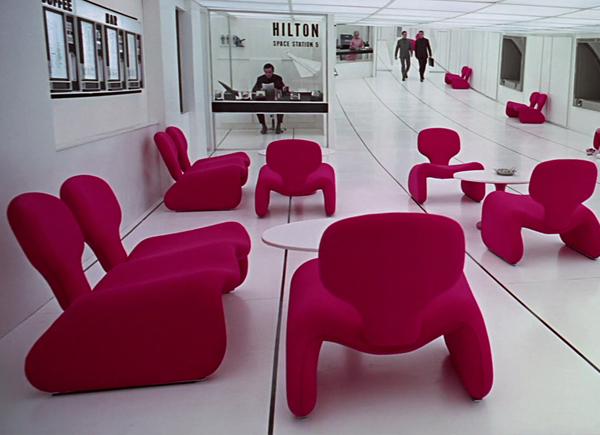
Djinn chair, Djinn stool, Djinn 2 seat sofa by Olivier Mourgue as seen in 2001: A Space Odyssey
Designer: Olivier Mourgue
Airborne
Director: Stanley Kubrick
Costumes designed by Milena Canonero from Barry Lyndon are cleverly lit by hanging digital candles as a nod to the thousands of candles that were used to shoot the film.

You’ll also find Canonero’s costume for Droog leader Alex in A Clockwork Orange and the infamous ‘Born-To-Kill’ inscribed helmet from Full Metal Jacket.

Production Designer Ken Adam’s model and sketches for Dr Strangelove’s epic war room are also on display.
The exhibition’s co-curator Deyan Sudjic of the Design Museum says putting together the Design Museum’s version of the internationally acclaimed touring exhibition for London has been like a “treasure hunt”. We asked him which three design objects in the exhibition define Kubrick’s approach. He cites:
• The Zeiss lens originally developed by NASA to take photos of the dark side of the moon and which enabled the filming of Barry Lyndon’s candlelit sequences. It typifies Kubrick’s drive to solve problems and invent, or repurpose cutting edge new technology in doing so.

• The distinctive Transcriptor Hydraulic Reference turntable seen in Alex’s bedroom in A Clockwork Orange – a fine example of Kubrick’s genius in depicting the near future.
• HAL – the sentient AI computer at the heart of 2001: A Space Odyssey. (An interactive HAL exhibit will be included in the exhibition but was not available at the opening press launch we attended).
The exhibition also includes important works by designers Hardy Amies and Saul Bass, art and photography from Diane Arbus and Don McCullin, designs by Elliot Noyes and Pascall Morgue alongside contributions from renowned directors.
Having seen many of these exhibits previously at the Kunstforeningen GL Strand exhibition in Copenhagen and also first hand in the Stanley Kubrick Archives – UAL, the Design Museum’s interpretation doesn’t feel quite as immersive or interactive as we were hoping, but having said that, it is without a doubt a ‘must see’ and in the words of Steven Spielberg: ‘To all you film lovers and filmmakers, if you want to understand and experience how Stanley Kubrick created these unforgettable worlds don’t miss this wonderful exhibition as the Design Museum”.
The futuristic, elegant stainless steel cutlery designed by Jacobsen used by the Jupiter Mission crew to eat dinner In Kubrick’s 2001: A Space Odyssey (1968). Approx £146.67 Inclusive of VAT (eg UK) if applicable / $230


Arne Jacobsen cutlery as seen in 2001: A Space Odyssey
Designer: Arne Jacobsen
Georg Jensen
Director: Stanley Kubrick
You can find more photos of the exhibition on our Instagram and Twitter feeds.
Stanley Kubrick: The Exhibition is open from 26 April to 17 September 2019. More information and tickets at designmuseum.org
The exhibition coincides with a series of Kubrick events and screenings at BFI Southbank.



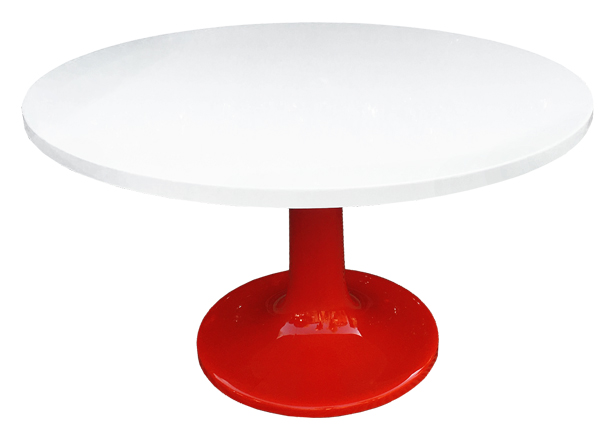
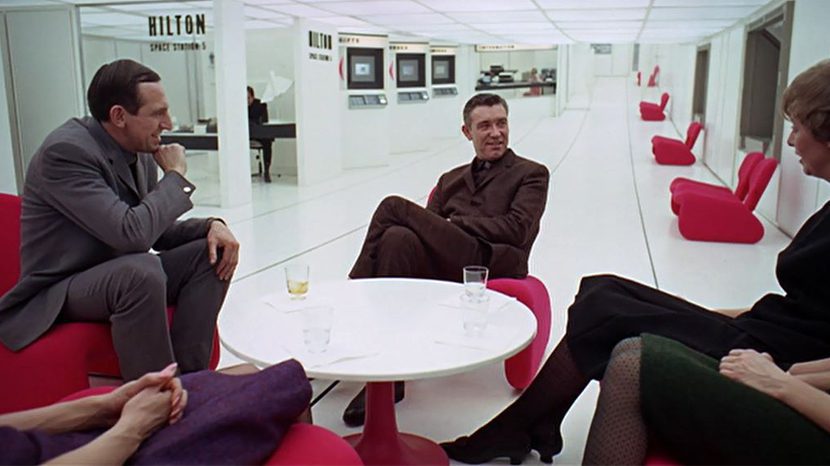

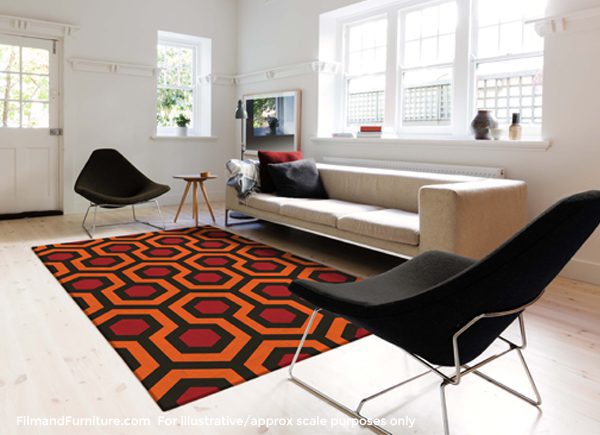
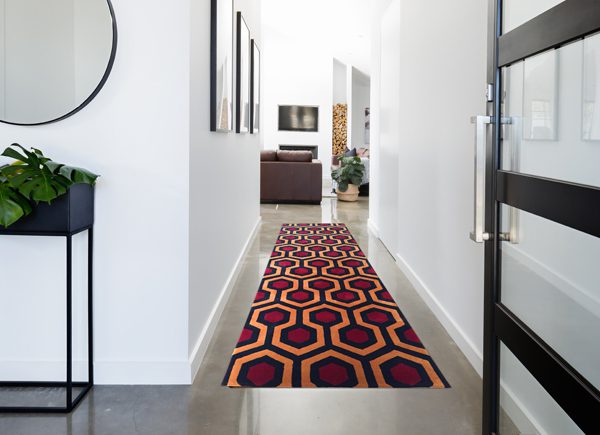
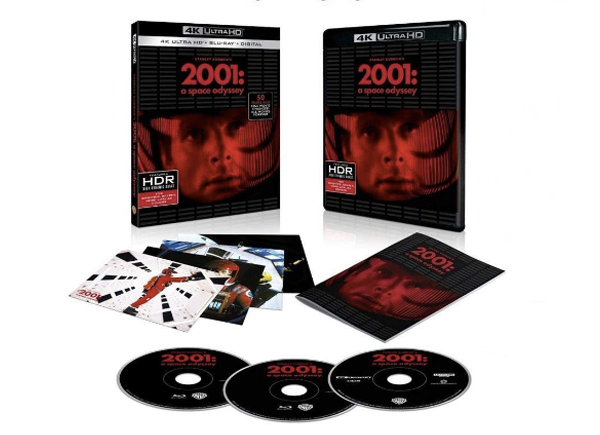
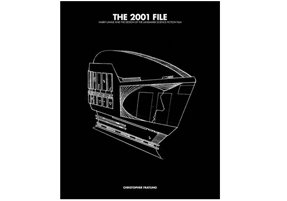


 Facebook
Facebook Twitter
Twitter Instagram
Instagram Pinterest
Pinterest RSS
RSS